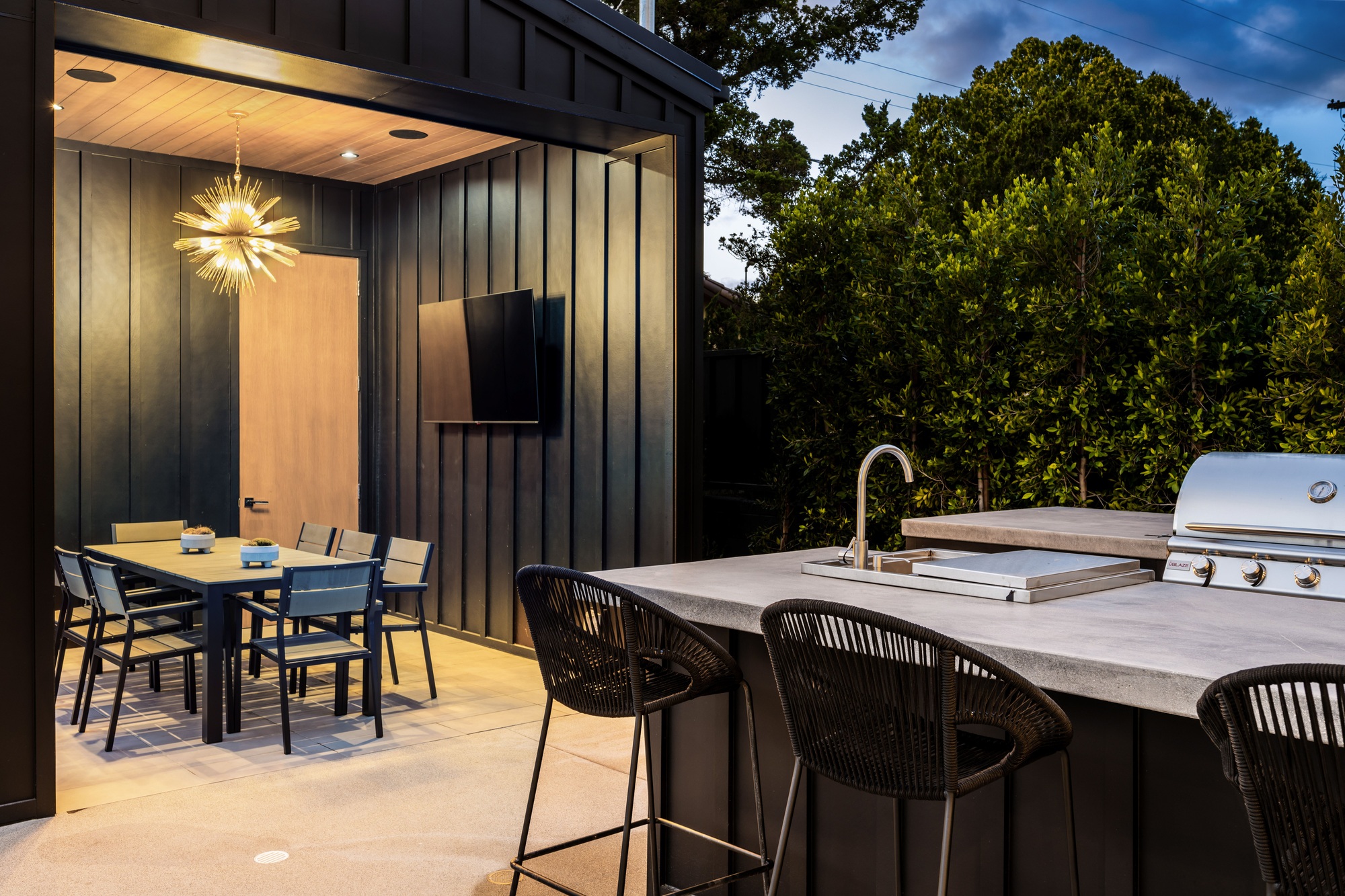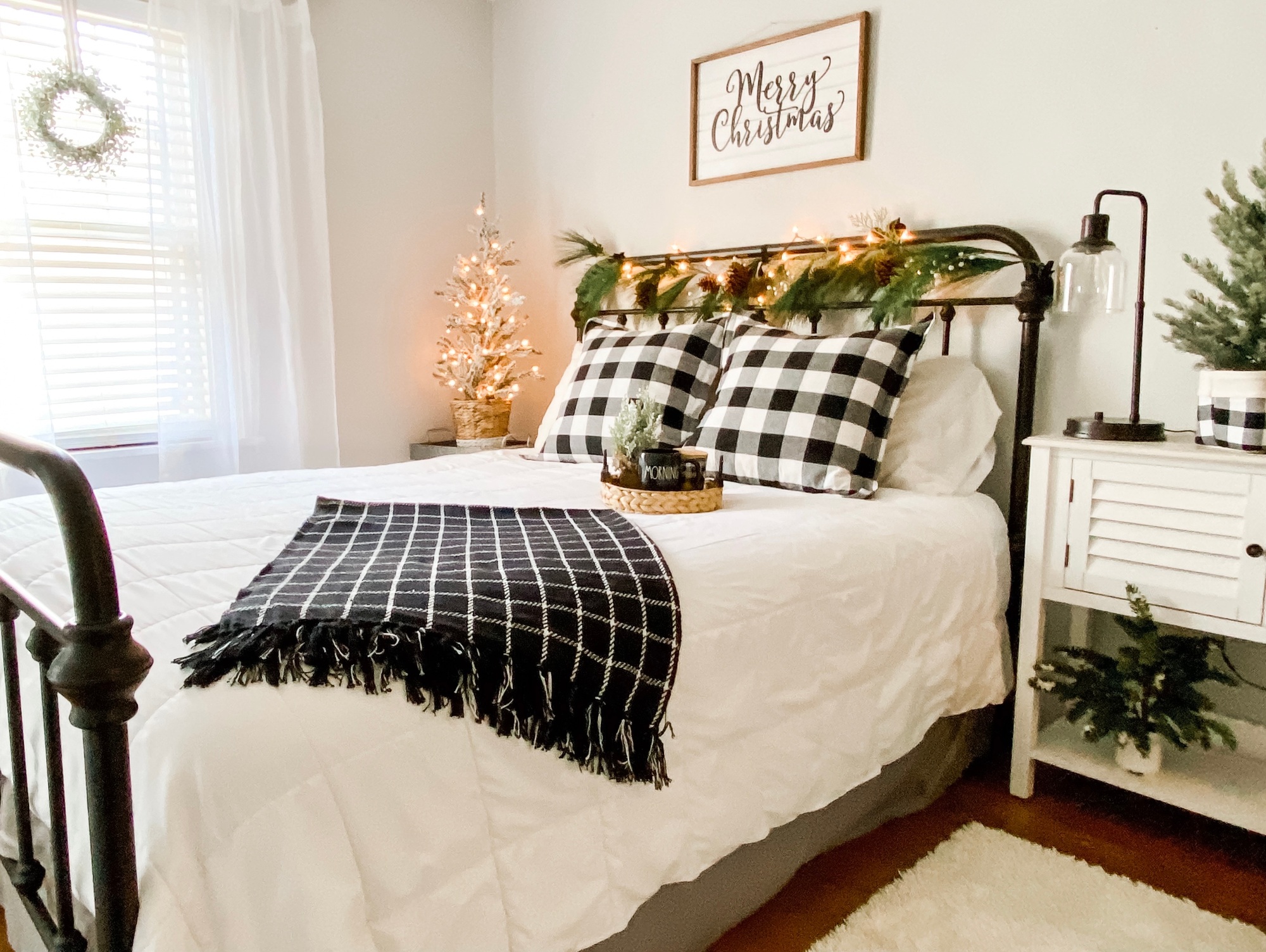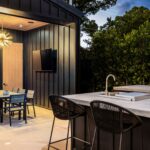Why Strategic Budgeting Matters
Remodeling in 2025 comes with unique financial factors — continued labor shortages, material price fluctuations, and evolving homeowner priorities. That means setting a clear, flexible budget and choosing your spending priorities early is more important than ever.
Before you start, ask:
- What’s my total renovation budget?
- Which rooms will give me the most return on investment?
- Am I renovating for personal use, resale, or both?
Once you’ve outlined your goals, it’s time to break down where your dollars can go further — and where investing upfront makes all the difference.
Where to Save
1. Cosmetic Upgrades
Painting, cabinet refacing, hardware swaps, and new light fixtures are relatively low-cost but high-impact. These updates can dramatically refresh a space without requiring major demolition or structural changes.
Why it’s worth saving here:
These elements are easier to change later and can be DIY-friendly. Save your contractor fees for structural work and systems.
2. Prefabricated Cabinetry
Custom cabinets are beautiful, but semi-custom or stock options have come a long way. Many brands now offer modular systems with stylish, durable finishes that can be professionally installed at a fraction of the cost.
Pro tip: Spend on high-quality pulls and handles to elevate the look.
3. Flooring Materials (In Some Areas)
Luxury vinyl plank (LVP) and laminate options now closely mimic hardwood and tile — often at half the price, with added durability and water resistance. In basements, laundry rooms, or rentals, these can be a smart compromise.
4. Secondary Bathrooms
If you’re updating a guest or powder room, you may not need top-tier tile or high-end fixtures. Focus on clean, modern finishes and efficient layout rather than luxury brands.
Where to Splurge
1. Kitchens and Primary Bathrooms
These rooms offer the highest return on investment and daily utility. In kitchens, prioritize durable countertops, high-efficiency appliances, and smart storage. In bathrooms, invest in quality plumbing fixtures, proper waterproofing, and lighting.
Why it’s worth the splurge:
These are workhorse rooms. Comfort, durability, and resale value all depend on how well they function.
2. Electrical, HVAC, and Plumbing Systems
Behind-the-walls upgrades might not be visible, but they impact every part of your home’s comfort and safety. Old wiring, inefficient HVAC, or outdated plumbing can lead to expensive problems down the road.
Budget tip: Plan system updates during renovations — it’s cheaper to upgrade wiring or ductwork when walls are already open.
3. Insulation and Windows
Energy efficiency is a long-term win. Investing in proper insulation and high-performance windows reduces heating and cooling costs while improving comfort.
Bonus: These upgrades may also qualify for energy rebates or tax incentives in your state.
4. Quality Installation
Even the best materials won’t perform well if poorly installed. Pay for experienced tradespeople, especially for tile, cabinetry, and stonework. A great installer can make mid-range materials look high-end.
Budget Mistakes to Avoid
- Skipping the contingency fund. Always add 10–20% buffer for unexpected costs.
- Underestimating labor. Labor can account for 30–50% of your total budget. Get multiple estimates and factor in availability.
- Over-customizing. Unique layouts or styles may appeal to you but can hurt resale value. Know your neighborhood comps.
- Neglecting permits and inspections. Cutting corners on permitting may save money upfront, but it can stall your project or lead to fines.
Stretch Your Budget Further
- Phased remodeling: Prioritize one room or project at a time.
- Reuse when possible: Keep layout intact, repurpose furniture, or refinish surfaces.
- Shop sales and clearance: Big box stores and specialty retailers often have high-end products marked down seasonally.
- Work with a designer: A good designer can help you avoid costly mistakes, improve flow, and select products that balance style with budget.
Final Thoughts
The smartest remodels are the ones that balance financial responsibility with long-term value and comfort. Knowing where to cut costs — and where to invest — helps you create a space that looks great, works well, and stands the test of time.
Ready to plan your 2025 remodel?
Our team can help you build a budget-conscious renovation strategy tailored to your space, goals, and lifestyle.








